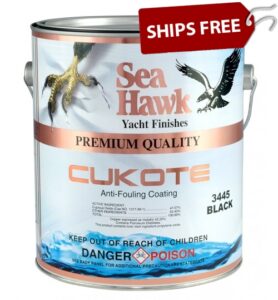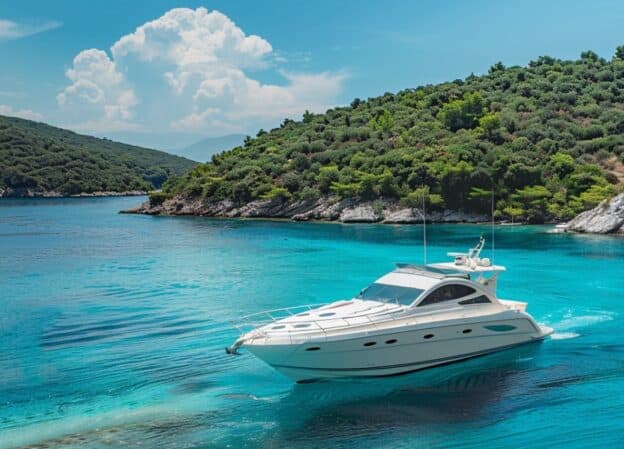Ablative paint, also known as self-polishing antifouling paint, is a specialized marine coating designed to protect boat hulls from the growth of marine organisms such as barnacles, algae, and mollusks. Unlike traditional paints that form a hard barrier, ablative paint works through a process called “ablative action,” where the outer layer gradually wears away, releasing biocides that deter marine growth. This continuous wearing away of the paint helps to prevent the buildup of marine organisms on the hull.
The lifespan of ablative paint can vary depending on factors such as water conditions, boat usage, and the specific paint formula. Generally, ablative paint lasts one to three seasons before needing reapplication.
One of the key benefits of using ablative paint is its effectiveness at preventing marine growth, which can improve boat performance and fuel efficiency. Additionally, ablative paint is relatively easy to apply and maintain, as it does not require sanding between coats. This makes it a convenient choice for boat owners looking for an effective antifouling solution.

Ablative paint can typically be applied over other types of paint after proper surface preparation. It’s important to follow the manufacturer’s instructions for compatibility and preparation. Application of ablative paint involves cleaning and preparing the hull surface, applying the paint evenly, and allowing it to dry before launching the boat.
Many ablative paints are formulated to be environmentally friendly, but it’s important to check the product specifications and use guidelines to ensure proper handling and disposal. Ablative paint can be used in freshwater, but its effectiveness may vary compared to use in saltwater due to differences in marine growth and environmental conditions.
There are two main types of ablative paints: self-polishing and non-polishing. Self-polishing ablative paints wear away gradually, releasing biocides and polishing the surface to maintain effectiveness. Non-polishing ablative paints rely on the leaching of biocides without significant surface polishing.
To choose the right ablative paint for your boat, consider factors such as the type of water you will be boating in (saltwater or freshwater), the speed and frequency of use of your boat, and the specific antifouling needs based on the local marine environment. Following manufacturer recommendations for application and maintenance is crucial to ensure optimal performance of the ablative paint. If you need any help selecting the right ablative paint for your boat just give us a call 888.505.2313 M-Fri 9am – 5pm EST.

